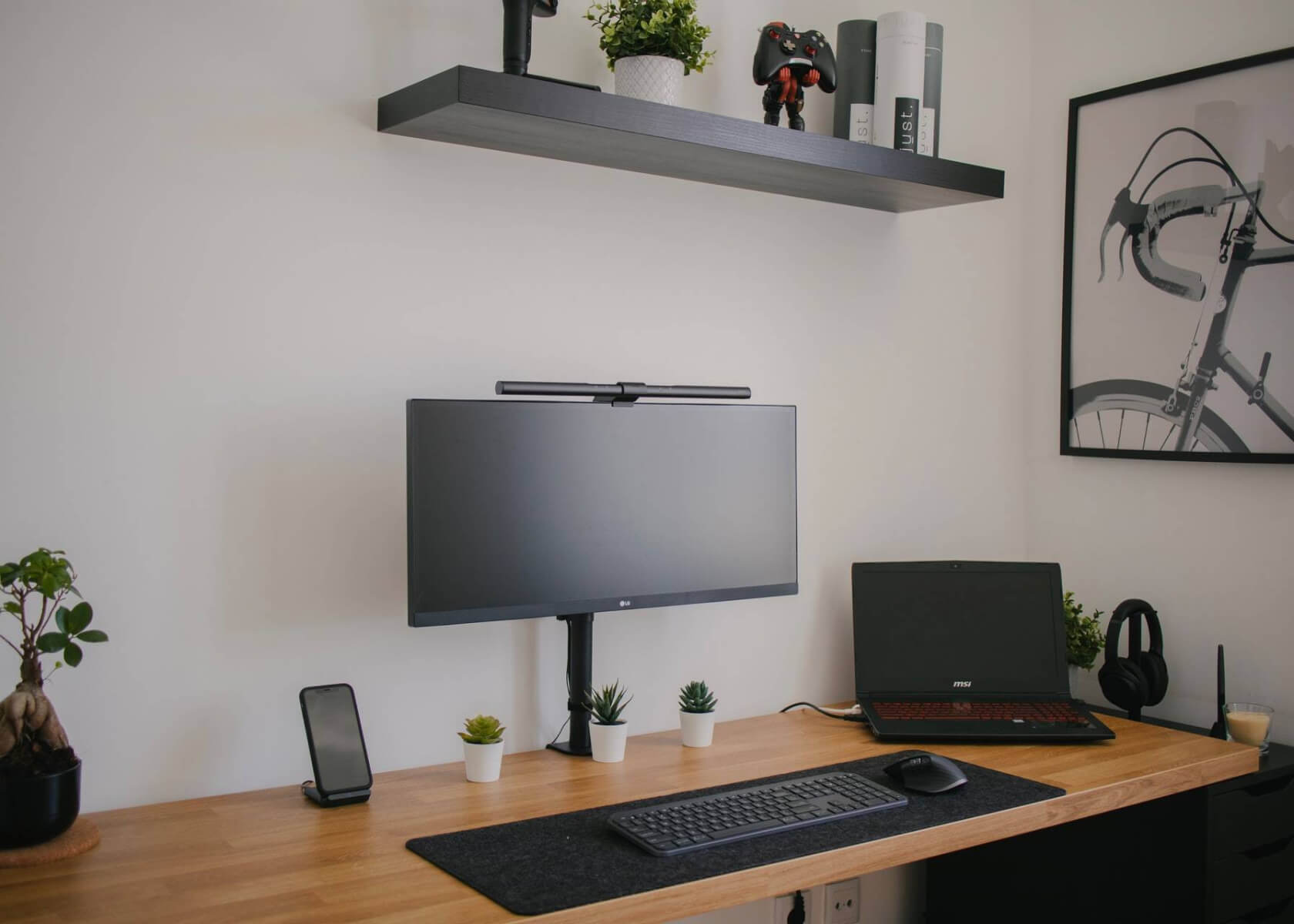Ultimate Guide: Designing an SEO-Friendly Wardrobe Planner Template to Organize Clothing and Outfits

New to Notion?
Designing a Wardrobe Planner Template in Notion: A Comprehensive Guide
Image by Isaiah Rustad on Unsplash
Keeping track of your clothing and creating stylish outfits can be a daunting task, especially with a hectic schedule. However, with Notion—a powerful all-in-one Productivity tool—you can design a comprehensive wardrobe planner template that effortlessly organizes your clothing and outfits. In this guide, we’ll walk through the process of creating a functional and visually appealing template to streamline your wardrobe management, using current Notion features and best practices.
Why Use Notion for Your Wardrobe Planner?
Notion is an ideal platform for designing a wardrobe planner template because of its versatility, customizability, and continuous updates. With robust features like databases, kanban boards, synced blocks, and integrations, you can build a personalized wardrobe planner that adapts to your unique needs. Whether you want to categorize your clothing items, plan outfits for special occasions, or track your purchasing habits, Notion centralizes everything in one accessible and customizable space.
Steps to Create a Wardrobe Planner Template in Notion
1. Planning Your Template Structure
Before diving into the design of your wardrobe planner template, define the structure that best fits your wardrobe management goals. Consider including these elements:
- Clothing Categories: Organize your wardrobe into sections like tops, bottoms, dresses, outerwear, and accessories. This categorization makes it easy to navigate and locate specific items.
- Inventory: List all your clothing items along with details such as brand, color, size, material, purchase date, and current condition. An overview like this helps you quickly understand what you own.
- Outfit Planning: Dedicate space to plan and save outfits for various occasions, seasons, or everyday wear. This approach allows you to mix and match items in advance, saving time when getting dressed.
- Wish List: Create an area to note clothing items you wish to purchase. Tracking your desired items helps you manage future purchases and avoid impulse buys.
- Inspiration: Include a section for fashion inspiration by gathering images, links, or notes from magazines, websites, or social media. This acts as a creative springboard when selecting outfits and staying current with trends.
2. Creating a Database in Notion
To build your wardrobe planner template, open your Notion workspace and create a new page titled “Wardrobe Planner” (or any name you prefer). Then, click the + button and select a database option to start organizing your wardrobe.
3. Define Database Properties
In the database settings, establish properties based on your selected wardrobe categories. For example, if you are tracking tops, bottoms, and accessories, create fields such as "Type," "Brand," "Color," "Size," "Material," and "Purchase Date." These properties make it simple to add, filter, and search your wardrobe data.
4. Creating Views
Views offer different ways to visualize your database:
- A table view provides a detailed overview of your wardrobe.
- A gallery view displays items visually, ideal for showcasing outfits.
- A kanban board view helps track items that need repair or replacement.
Explore these options and choose the ones that best suit your management style.
5. Building Your Wardrobe Planner Template
Now that you’ve set up your database and views, start designing the structure of your planner:
- Clothing Categories: Create separate pages or sections for each category. This design choice makes navigation smooth and straightforward.
- Inventory List: Within each category, add a table view listing your clothing items. Use columns to display essential details like brand, color, size, material, purchase date, and an optional image column for quick visual reference.
- Outfit Planning: Incorporate a kanban board or a dedicated table view for planning outfits. Use fields such as "Occasion," "Season," or "Date" to organize your planned looks. You can easily drag and drop items to experiment with different combinations.
- Wish List: Allocate a section for your wish list using a table or list view. Include item name, brand, ideal price, and a notes field where you can add details such as online links or store locations.
- Inspiration: Reserve a page for fashion inspiration. Add images, links, or written notes. Utilize Notion’s grid or gallery layout options to create an aesthetically pleasing inspiration board.
6. Customizing Your Template
Notion offers numerous customization options to ensure your wardrobe planner matches your style. Change colors, fonts, and layouts to create a visually appealing and personalized experience. With recent updates, you can also explore advanced filters, sorting methods, and synced blocks for a more dynamic setup.
7. Utilizing Templates and Integrations
Leverage existing wardrobe planner templates from the Notion community as a starting point. These templates can be customized to fit your needs, saving you time and effort. Additionally, integrate your wardrobe planner with other relevant Notion templates, such as a packing list or travel planner, to enhance your overall organization and productivity.
Conclusion
Creating a wardrobe planner template in Notion transforms the way you organize your clothing and plan your outfits. By taking advantage of Notion's flexibility and customization features, you can tailor your template to your specific needs, saving time and maximizing the potential of your wardrobe. Start designing your personalized wardrobe planner today and enjoy the simplicity of effortless, organized wardrobe management with Notion!
Bold and stylish.


